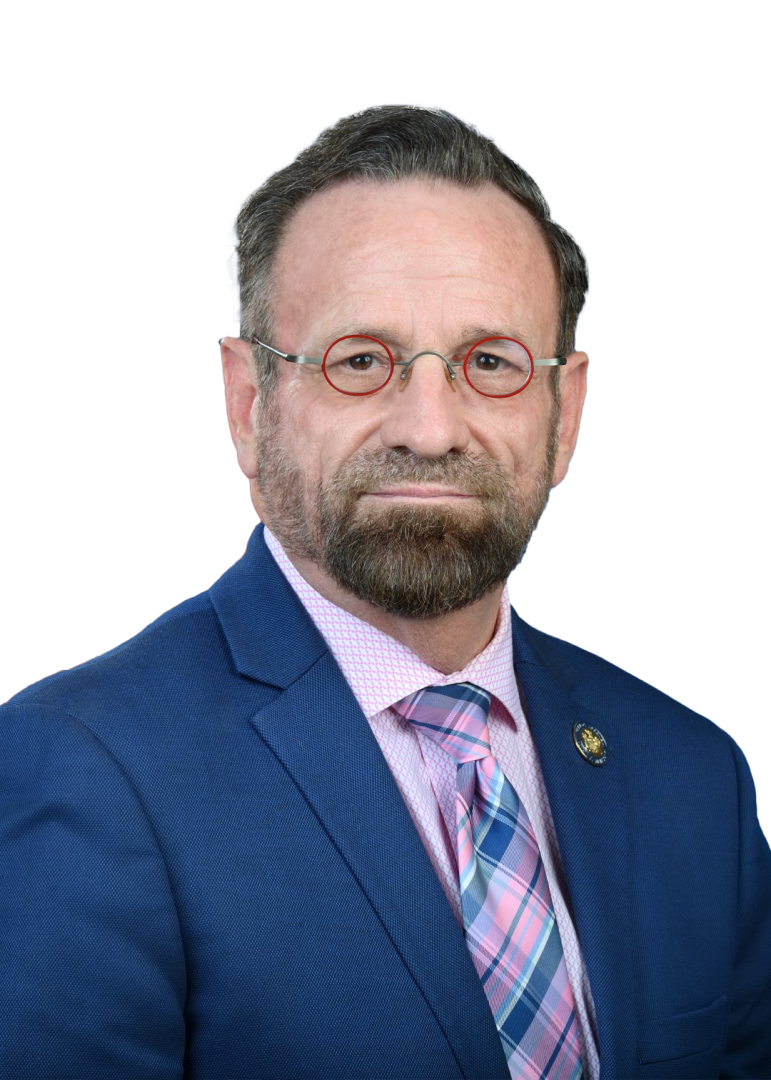Assemblymember Bronson Helps Pass 2013-14 State Budget That Invests in Schools and Increases Access to Higher Education
Working to ensure that every child has access to a high-quality education, Assemblymember Harry B. Bronson (D-Rochester/Chili/Henrietta) announced he helped pass a 2013-14 state budget that increases school aid by $436 million over the executive’s budget proposal and $936.6 million over last year (A.3007-D). Additionally, the budget increases community college base aid by $150 per-Full Time Equivalent (FTE) student for the second year in a row.
Providing a boost to schools
The budget provides $20.8 billion in total Formula Base Aids for the 2013-14 school year, a $936.6 million increase over the 2012-13 school year.
Additionally, the budget also includes $25 million for full-day and half-day pre-kindergarten grants. This new investment will allow for more full-day pre-K programs across the state and additional half-day pre-K slots.
This year’s state budget also:
- increases expense-based aids by $228 million;
- restores $517.5 million to Gap Elimination Adjustment (GEA);
- increases Foundation Aid by $171.3 million over the executive budget;
- creates and invests $20 million in Extended Learning Time grants;
- restores $14.26 million to teacher resource and computer training centers;
- increases funding to Adult Literacy Education by $1 million, for a total of $6.23 million;
- provides an additional $4 million for Early College High School grants; and
“For so many of our schools, I know it oftentimes feels as if they’re fighting an uphill battle when it comes to ensuring our schools provide children with a quality education,” Assemblymember Bronson said. “The 2013-14 budget provides the crucial funding our schools need to not only preserve important educational programs, but also to help offset significant cuts and teacher layoffs, which have left our schools without necessary resources and class sizes that are much too large.”
Higher education
The budget highlights the state’s continued commitment to higher education with an increase in support to $2,422 per-full time equivalent (FTE) student at SUNY community colleges. The base aid increase is $150 per-FTE student, which is the second consecutive increase in community college base aid.
The budget also creates the Graduation, Achievement and Placement (GAP) program, which will provide $1.7 million to fund a comprehensive remedial education plan for SUNY community colleges as well as $3 million in incentive funding for SUNY community college certificate and workforce programs based upon certain measures of student success.
“The success of our students is fundamentally tied to both the quality of the education they receive and their ability to find a job following graduation,” Assemblymember Bronson said. “Investing in crucial workforce and educational opportunity programs helps ensure students are equipped to find good-paying jobs upon the completion of their higher education.”
This year’s budget provides a 3 percent increase in funding for college opportunity programs, including:
- $25 million to the Higher Education Opportunity Program (HEOP), an increase of $728,040;
- $21.7 million to the Educational Opportunity Program (EOP), an increase of $632,430;
- $12.9 million to the Liberty Partnerships Program, an increase of $376,250;
- $11.1 million to the Science and Technology Entrance Program (STEP), an increase of $324,030; and
- $8.4 million to the Collegiate Science and Technology Entry Program (CSTEP), an increase of $245,520.
“This year’s increased funding makes community colleges such as MCC an even more affordable and attainable option for keeping the dream of a college degree alive,” Assemblymember Bronson said. “MCC excels at training students for the jobs of the future and teaches them the skills they need to remain competitive. This increased support for and access to higher education will not only result in a better trained workforce, it will also create a more business-friendly environment right here in our community. This ultimately means making the Greater Rochester area a more attractive place for high-tech businesses to relocate and expand.”
